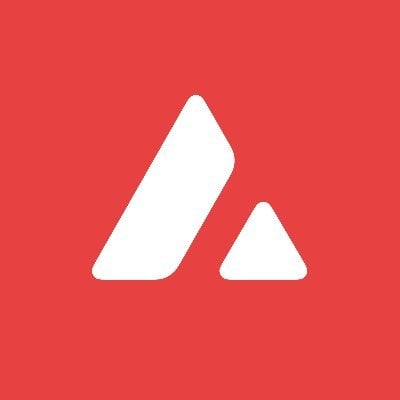In two months, prices soared by 300%. Does Avalanche's growth model have a pattern?
Author: Web3 Insights
In the past two months, the price of Avalanche has experienced an astonishing increase of 300%.

What has driven the recent rise of Avalanche?
Market enthusiasm has mainly focused on areas such as MEME, DeFi leaders, and GameFi. In 2023, the number of game projects developed on Avalanche has surged.
Partnerships with major financial institutions like JPMorgan, Citigroup, and Republicnote have brought significant mainstream credibility to Avalanche. Moreover, the collaboration between Avalanche and JPMorgan is considered a key part of expanding RWA. The expected direct manifestation is the price of the coin.

- Recently, the trend of inscriptions has also reached Avalanche. According to data from the Avalanche inscription trading market Avascriptions, as of the time of writing, the market cap of ASC20 has reached $95 million, with AVAV leading the way at a market cap of $62 million.

Growth Formula
Through ecological layout, endorsement from major institutions, and timely hot marketing, the market cap of Avalanche, which has reached the top ten, is not the first time it has achieved growth through this combination. A similar script played out in 2021: in 2021, Avalanche's TVL rose from $2.3 billion to $13.9 billion.
Let’s rewind to 2021:
Avalanche received support from large funds and endorsements from major enterprises: Large funds such as Polychain Capital, Three Arrows Capital, and Dragonfly Capital participated in Avalanche's financing, raising a total of $230 million.
2021 was also the year of NFTs, with the market cap of NFTs reaching $17.6 billion, a staggering increase of 210 times. Avalanche did not miss this great opportunity: Avalanche partnered with the trading card company Topps, instantly attracting a large NFT ecosystem.
Unwavering ecological support:
- In 2021, Avalanche launched a $200 million fund (Blizzard) to incentivize areas such as DeFi, enterprise applications, NFTs, and cultural applications within the Avalanche ecosystem.
- Avalanche in 2023 has also continued its support for the ecosystem: venturing into NFTs, RWA (Avalanche Vista), and GameFi (Avalanche's subnet solution, effectively addressing network scalability limitations and the complexity of integrating blockchain technology with gaming).
- Multi-chain framework: Avalanche is a PoS chain that employs three core chains: transaction, contract, and platform chains.
- Collaboration with leading protocols: EVM compatibility allows developers to quickly port Ethereum-based applications to Avalanche.
For startups, Avalanche's growth strategy requires substantial technical and financial support; small projects may not have enough funding to sustain these strategies. So, what can small projects learn from Avalanche's growth strategy?
With a multi-chain framework, collaboration with leading protocols, and multiple funds, Avalanche is dedicated to enriching the chain's ecosystem to attract users. In addition to large financial support, Avalanche also periodically launches small-budget activities to support its ecosystem growth:

For these activities, Avalanche utilizes growth tools to achieve results. Similar to Web2 growth tools like Gleam, Web3 growth tools employ lightweight tasks to help projects achieve growth, and the on-chain + off-chain task templates better align with Web3 market characteristics.
For projects with limited budgets, utilizing growth tools to achieve growth is a cost-effective strategy:
The integration of Web2 and Web3 is high. Although Web3 is a growth platform, most growth platforms consider the usage habits of both fields in terms of task templates and user experience. After all, the potential user base of Web2 is vast, and while helping projects attract Web3 users, it can also draw in Web2 users, achieving a win-win situation.
This is evident from the login methods: mainstream Web3 growth platforms support Web2 login methods, lowering the user threshold:
|--------|---------|-------|----------|---------| | | Twitter | Email | Telegram | Discord | | Galxe | ✓ | ✓ | / | ✓ | | Zealy | / | ✓ | / | ✓ | | TaskOn | ✓ | ✓ | ✓ | ✓ |
- Hot Marketing
When a project is still in its early stages, good data performance is needed to attract endorsements from major institutions. Projects can also leverage hot marketing strategies to achieve growth. The hot topics in Web3 rotate quickly, as it is a global market, and even the hot topics of interest vary by region. For example, the trend of inscriptions radiating from Asia to the global market has frequently appeared in Europe and America, along with DePIN predicted by major institutions for 2024, and RWA, which has been mentioned continuously since the middle of the year.
For projects with small budgets, collaborating with other projects for joint hot marketing can achieve a win-win effect, allowing both parties to leverage each other's traffic to attract users and enhance project visibility; simultaneously, collaborating with different projects is also an opportunity to expand one's ecosystem.
Despite fierce market competition, there are various methods for projects to achieve growth. Projects of different sizes have different growth strategies, and the most suitable one is the best.










